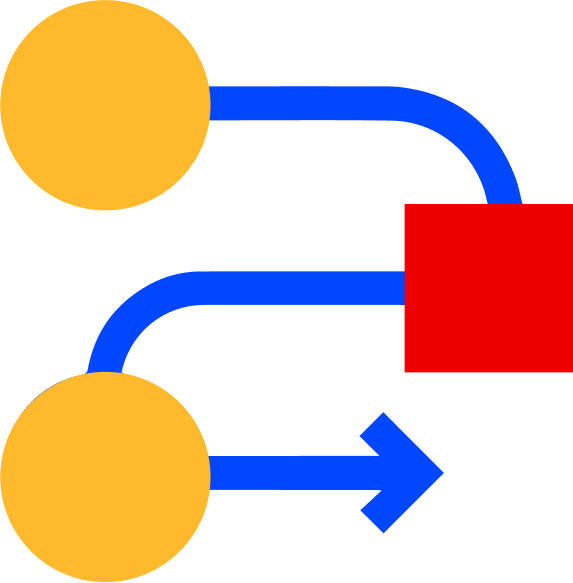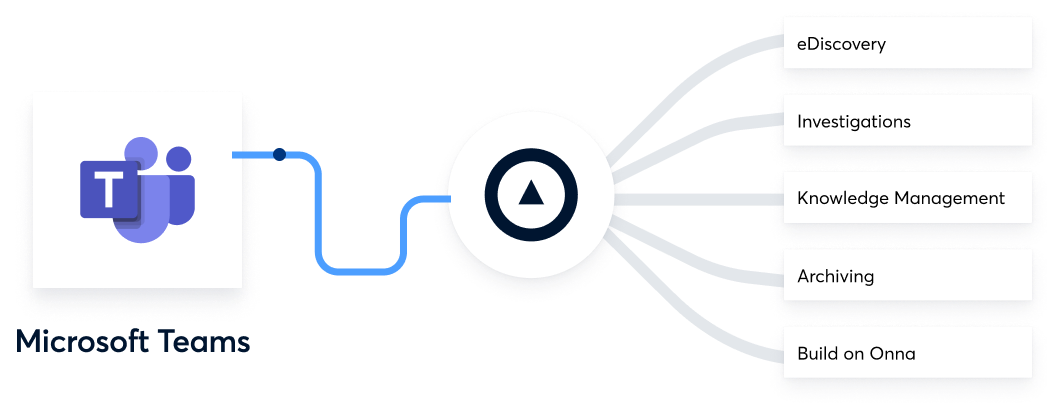
Ready to streamline eDiscovery for Microsoft Teams?
The Microsoft Teams explosion
Download nowIn 2020, when enterprises shifted to remote work, Microsoft Teams usage surged as companies scrambled to ensure minimal disruption in communication and collaboration. However, the resulting deluge of unstructured data is notoriously difficult to manage.
Between one-to-one and group chats, channel messages, emojis, reactions, and attachments, there’s a lot of dynamic content in Teams. And, as data volumes continue to skyrocket, it’s increasingly difficult to ensure that your Teams data is accessible, useful, and private.
Download our Beginner’s guide to Microsoft Teams eDiscovery to learn more about finding and accessing data in this multifaceted tool.
We break down:
- What Microsoft Teams does
- Where its data is stored
- Data retention settings
- Understanding Microsoft’s Compliance Center
- Native features and limitations in Compliance Center
- An adaptive Microsoft Teams eDiscovery plan
 eDiscovery
eDiscovery Collections
Collections Processing
Processing Early Case Assessment
Early Case Assessment Information Governance
Information Governance Data Migration
Data Migration Data Archiving
Data Archiving AI Data Pipeline (Beta)
AI Data Pipeline (Beta) Platform Services
Platform Services Connectors
Connectors Platform API
Platform API Pricing Plans
Pricing Plans Professional Services
Professional Services Technical Support
Technical Support Partnerships
Partnerships About us
About us Careers
Careers Newsroom
Newsroom Events
Events Webinars
Webinars OnnAcademy
OnnAcademy Blog
Blog Content Library
Content Library Trust Center
Trust Center Developer Hub
Developer Hub






